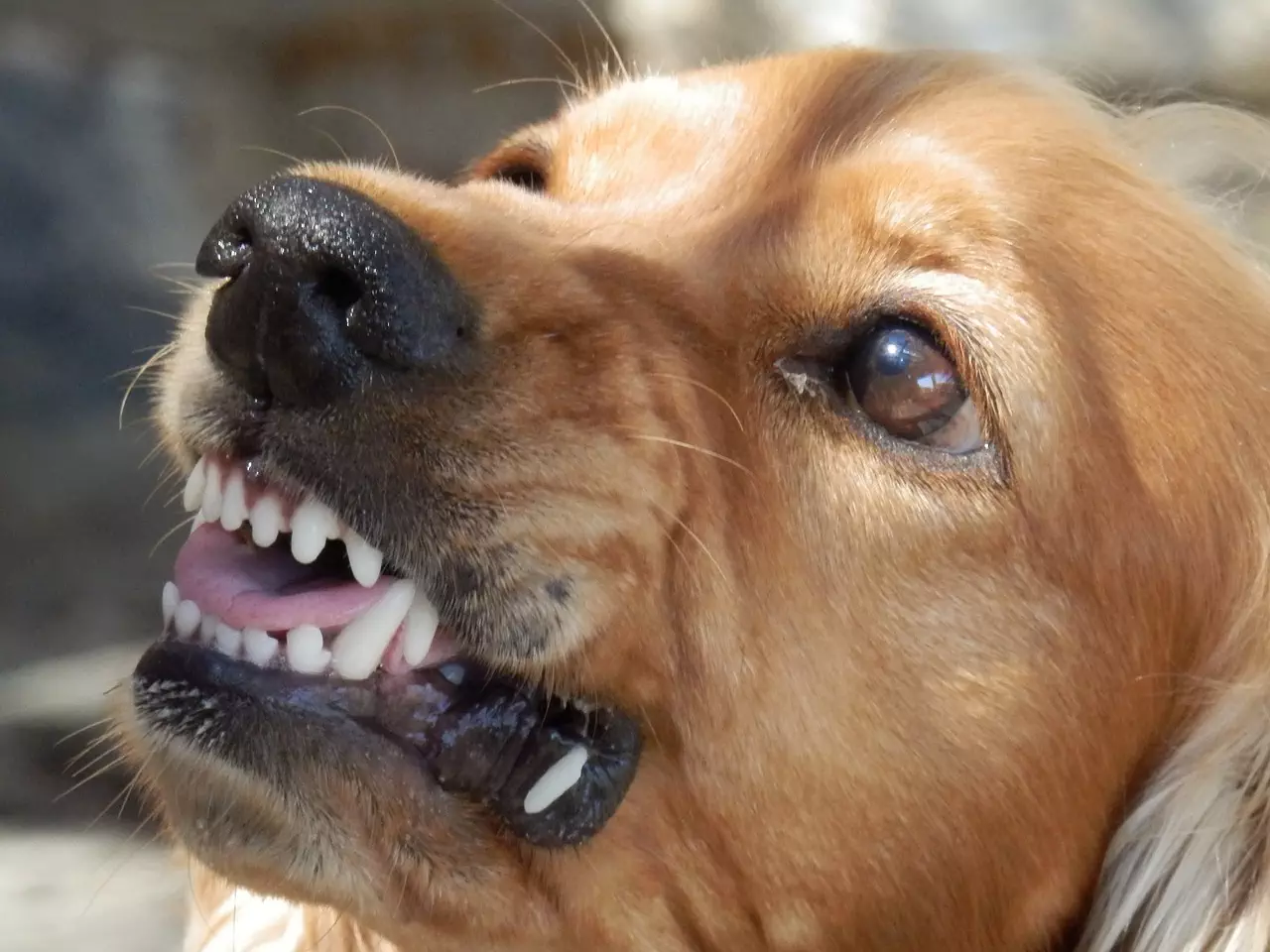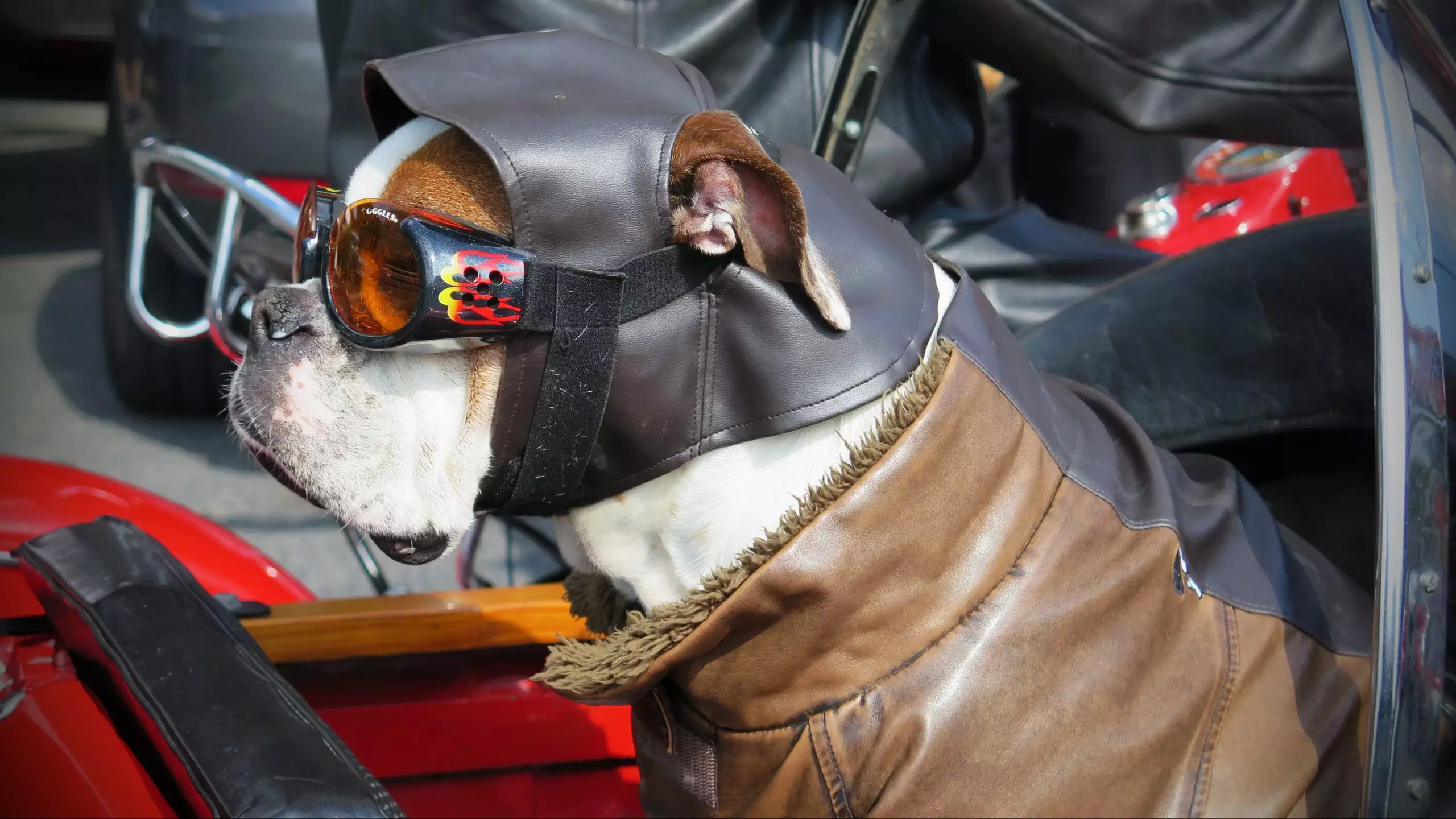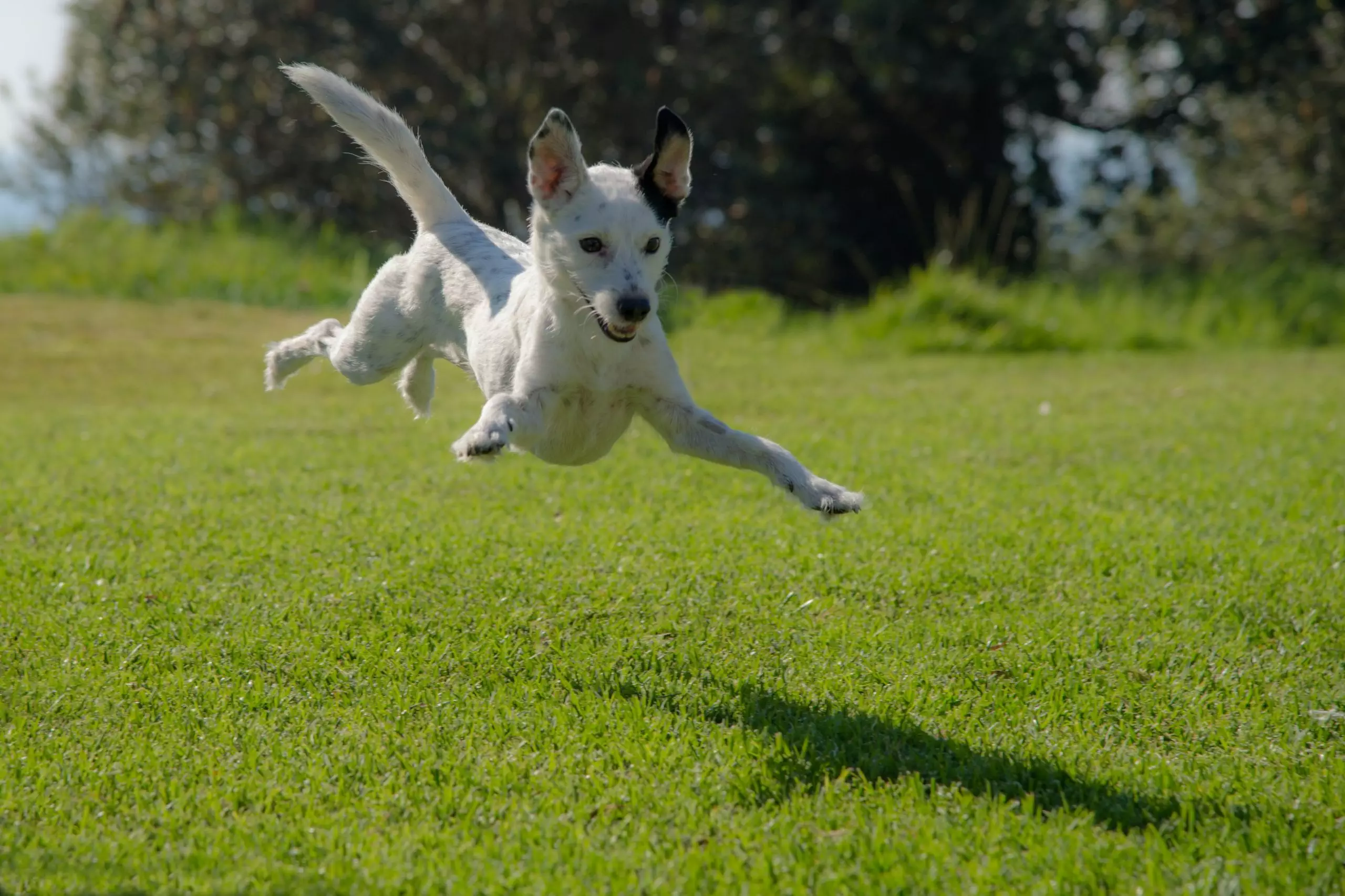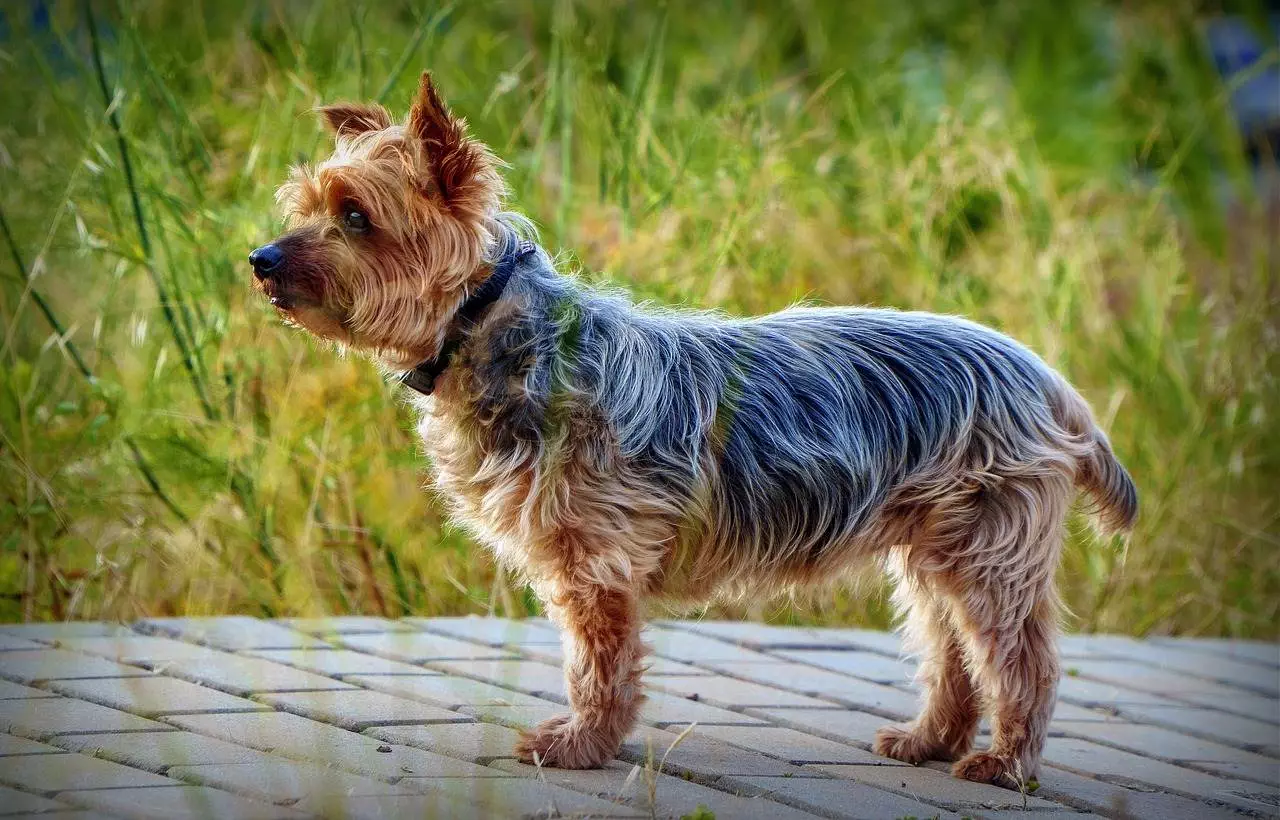Reactive dogs are known for their unpredictable behavior and sudden outbursts. They can be difficult to handle, especially in public places where there are a lot of people or other animals around. However, with the right training techniques and tools, you can help your reactive dog overcome these issues without losing your mind or sanity. Here’s what you need to know:
Introduction to Reactive Dogs
A reactive dog is one that displays aggressive or fearful behaviors when exposed to certain stimuli such as other dogs, people, or objects. These dogs may bark excessively, lunge at other dogs, or even attack if provoked. The cause of reactivity varies from dog to dog but could be due to genetics, lack of socialization, or traumatic experiences. It’s important to understand why your dog is acting this way so you can address it effectively.
Dog Training Devices for Reactivity
There are several dog training devices available on the market today that can help you manage your reactive dog’s behavior. One popular device is the head halter, which provides extra control over your dog during walks by restricting his movement. Another option is the front-clip harness, which distributes pressure across your dog’s chest instead of his neck, making him more comfortable and less likely to pull. You can also consider using a leash lead or retractable leash to give yourself more control over your dog’s movements.
Calming Exercises and Techniques
In addition to using dog training devices, calming exercises and techniques can also help reduce your dog’s reactivity. For example, you can try desensitizing your dog to triggers by exposing them gradually to the things they fear. This can involve everything from simply looking at pictures of other dogs to actually meeting them in person. You can also use calming signals like ear pinning or yawning to signal to your dog that he needs to calm down. Additionally, deep breathing exercises and massage can help relax both you and your dog before entering potentially stressful situations.
Treats for Positive Reinforcement
Positive reinforcement is an essential part of any dog training program, including those aimed at reducing reactivity. Treats can be used to reward good behavior and encourage your dog to continue doing what you want him to do. When working with a reactive dog, however, it’s crucial not to use treats as a bribe to stop unwanted behavior. Instead, focus on rewarding positive actions like sitting politely or staying close to you. Over time, your dog will learn that good behavior leads to praise and treats while negative behavior does not.
Real-Life Scenarios: Coping with Reactivity
Coping with reactivity in real life scenarios can be challenging, but it’s possible to find ways to make it easier. For example, if you know there will be many dogs at an upcoming event, you can prepare your dog ahead of time by exposing him to photos and videos of other dogs. You can also practice desensitization exercises during regular walks to build up his tolerance. In addition, it’s important to avoid putting your dog in situations where he is likely to become overwhelmed or stressed. If you sense that your dog is becoming anxious or agitated, it’s best to remove him from the situation immediately.
Conclusion: Finding Hope in Dog Training
Training a reactive dog can be challenging, but it’s not impossible. With patience, persistence, and the right techniques and tools, you can help your dog overcome his reactivity issues and become a well-adjusted member of society. Remember to always approach training with positivity and encouragement, and never resort to punishment or force. By focusing on building trust and confidence between you and your dog, you can create a strong bond that will last a lifetime.





